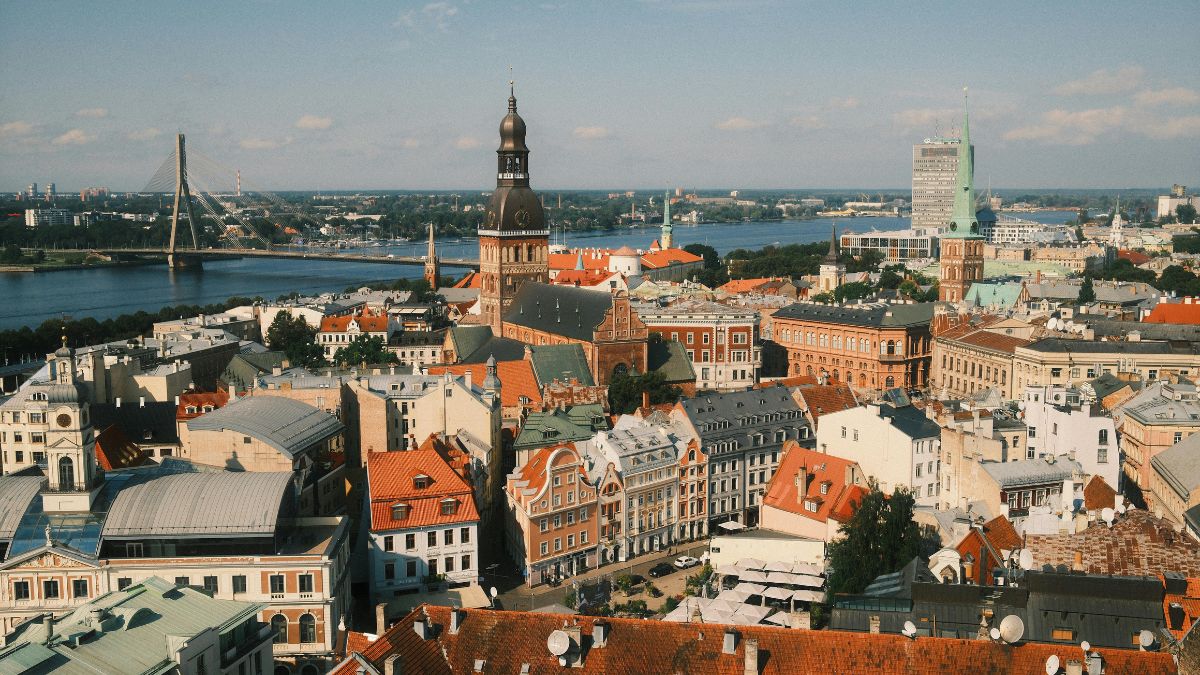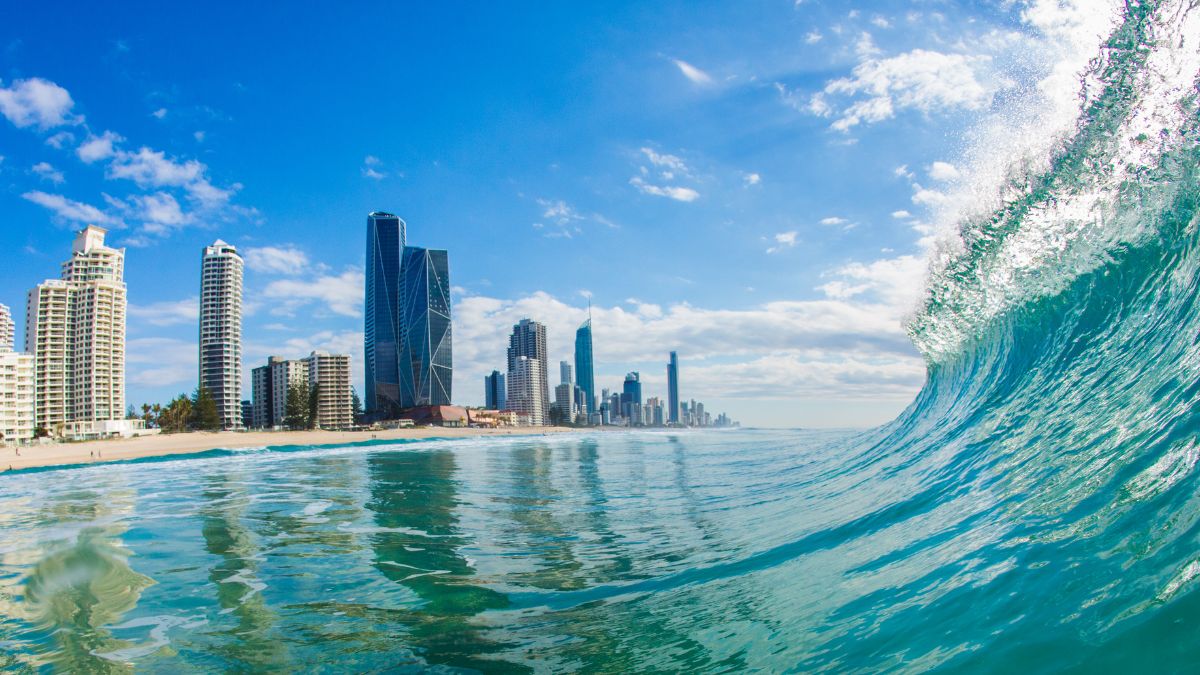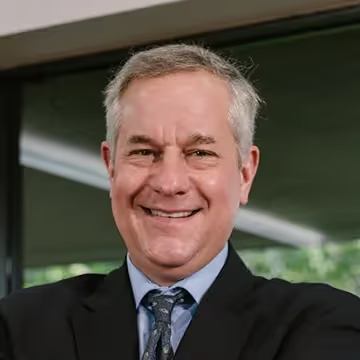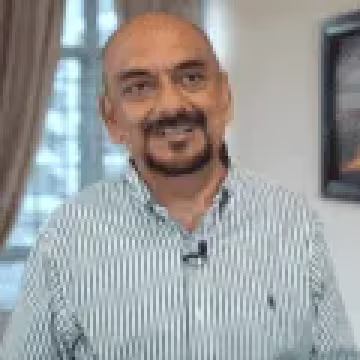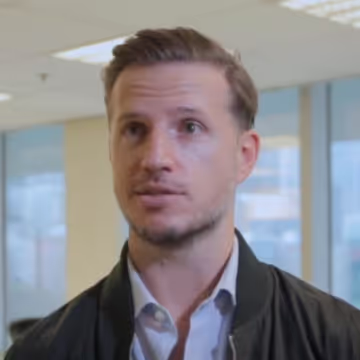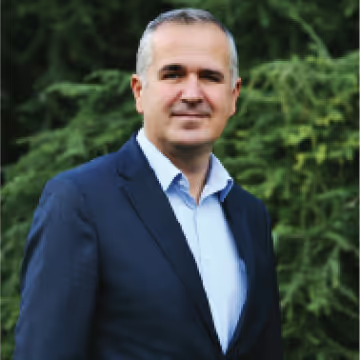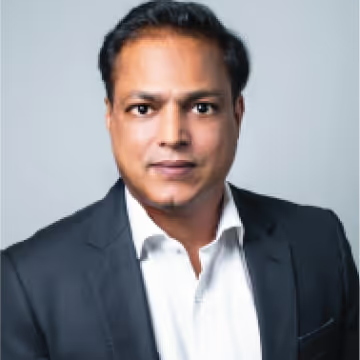Surprising fact: seven of eight countries offer clear paths to citizenship within two to ten years, and Argentina can follow after just two years of permanent residence.
We are Marlow Bray, a private advisory focused on citizenship and residency planning for high-net-worth families. We guide clients from initial assessment to approval and long-term compliance, offering discreet, personalised counsel that aligns with business, tax and legacy goals.
The region now presents genuine investor options across Chile, Colombia, Costa Rica, Panama, Paraguay, Uruguay, Brazil and Argentina, with thresholds from roughly US$15,000 to US$2.25 million. Notable updates include Panama’s extended US$300,000 real-estate route and Colombia’s new 180-day annual presence requirement for certain investor categories.
Why this matters: these programmes often offer recoverable capital exposure rather than pure donations, and several countries operate territorial tax systems or offer foreign-income relief. We structure residence and investment to balance lifestyle, tax and mobility for clients based in Singapore.
Key Takeaway
- Most countries here provide a route to citizenship within a decade; Argentina is among the fastest.
- Investment thresholds vary widely — from modest sums to multi-million options.
- How policy changes such as Panama’s extension and Colombi's 180-day rule affect timing decisions.
- Programmes tend to be investment-led and development-oriented, often with recoverable capital features.
- We tailor combinations of residence and tax planning to match family and business priorities.
Why South America’s Investor Residencies Deserve a Fresh Look Now
2025—and likely beyond—offers a rare window to reassess South American options given regulatory shifts and growth forecasts. We advise predominantly Singapore-based HNW families on discreet selection, structuring, and execution that protect mobility and legacy.
Policy Updates That Change Timing
Panama has extended its US$300,000 real-estate route to October 2026. Colombia now requires 180 days of annual presence for certain visas. Argentina has signalled a possible US$500,000 citizenship option for late 2025. These shifts alter capital timing and presence planning. Many countries maintain two-to-ten-year citizenship paths and access to blocs like Mercosur and the Pacific Alliance. Territorial tax regimes (Panama, Paraguay, Uruguay) and Chile’s three-year foreign-income relief are useful levers to reduce leakage on cross-border gains. Productive capital is generally favoured over donations, regional integration multiplies the value of a single residence, and evolving rules can help sequence capital and presence to match risk profiles.
How We Compare Programmes for HNW Families
We benchmark each option against recoverable capital, processing speed, tax impact, and fit for a Singapore-based lifestyle. Thresholds are catalogued with preference for routes that return capital via real estate or operating businesses. Processing varies—from Panama’s qualified investor route at roughly 30–40 business days to staged options requiring consular steps. Presence rules are weighed carefully, from minimal-touch regimes to Colombia’s 180-day requirement, so travel patterns align with legal obligations. We map paths to PR and citizenship against liquidity events and school calendars, and build tax diagnostics that compare territorial systems and temporary reliefs. Family inclusion, central-bank filings, reporting cadence, and audit risk are factored into a short list of two or three recommended routes aligned to risk and legacy goals.
Chile: Stability and a Clear Five-Year Pathway
A typical route requires ~US$500,000 into a Chilean project or business plus an InvestChile endorsement. Applicants receive a one-year temporary residence, renewable up to two times. After about five years of continuous residence, PR becomes available; citizenship follows with Spanish proficiency. New residents enjoy a three-year exemption on foreign-source income and a strong treaty network. We manage endorsement, align structures with the three-year tax window, and set a compliance roadmap for renewals, presence, and family inclusion.
Colombia: Affordable Capital with 180-Day Presence
Two pragmatic routes dominate: M-6 business from ~US$35,600 with a credible plan, and M-10 real estate from ~US$120,000 with a verified deed. Citizenship typically follows a ten-year arc (five years on M status, then five as PR). Family reunification rules are generous, including same-sex partnerships. Medellín is an entrepreneurial hub and property values rose in 2024, though peso volatility requires hedging. We stress document readiness, presence scheduling around the 180-day rule, secure neighbourhood selection, and sequencing of bank onboarding, tax IDs, and corporate setup to match immigration milestones.
Uruguay: Premium Lifestyle and Territorial Tax
Routes include property from ~US$525,000 or a ~US$2.25m business creating 15+ jobs. PR timing is typically 12–18 months with ~60 days’ annual presence expected. Citizenship usually requires about three years for married couples and five for singles, plus Spanish. We plan capital calls, compliance, and integration steps early to meet language and presence requirements.
Brazil (VIPER): Scale, Multiple Routes, Accelerated Citizenship
VIPER suits tech founders, growth companies, and property investors. Thresholds begin around US$29,000 for tech ventures creating ten jobs; more common channels are ~US$93,000 for business setups and ~US$192,000 for property, granting immediate PR and a four-year path to citizenship (shorter in specific scenarios). Presence norms vary: property investors should plan ~30 days per year; business investors must avoid six consecutive months abroad. All capital must be registered with the Central Bank (RDE-IED/SCE-IED). We handle registrations, reporting, and notarial steps to keep inbound capital compliant.
Argentina: Fast Track to Citizenship in a Volatile Market
Today’s entry point (~US$15,000) makes Argentina unusually accessible ahead of a proposed ~US$500,000 option expected late 2025. Temporary residence is typically issued within 5–7 months, PR follows after meeting initial requirements, and citizenship can be pursued after two years’ residence, subject to language and court requirements. We compress timelines while preserving capital and family options, mindful of macro volatility.
Paraguay (SUACE): Most Accessible Entry with Rapid Naturalisation
SUACE stages ~US$70,000 over ten years, grants immediate PR upon approval, and offers a three-year path to citizenship. Applicants must form a company and create at least five local jobs. Processing often runs 45–90 days. Territorial tax is 0% on foreign-source income and 10% locally. We stage accounts, deposits, and filings to hit checkpoints and convert low capital outlay into durable status.
Panama (Qualified Investor): Regional Flexibility, Minimal Presence
Entry routes include US$300,000 real estate (extended to Oct 2026), US$500,000 stock-market investments, or US$750,000 fixed-term deposits. Fast-track processing is about 30 business days. A visit once every two years maintains status. We emphasise developer diligence and liquidity, integrate Panama’s dollarised economy and territorial tax into structures, and plan the five-year path to citizenship, including Spanish and dual-nationality implications. Family coverage typically includes spouses, children up to 25 while studying, and parents; we manage remote filings, biometrics, and banking proofs.
Recommended Programmes: A Comparative View
We align investment levels—from ~US$15,000 to ~US$2.25m—with your family size and timing, and choose among real estate, businesses, and financial instruments. Processing speeds vary widely; we choose channels that match urgency and documentation reality. Presence obligations range from light-touch regimes to substantial on-the-ground time; renewal mechanics are planned upfront. Citizenship timelines span two to ten years, with language and integration mapped early.
Tax Planning for Investor Residents
We design cross-border plans that optimise after-tax returns while remaining compliant. Territorial systems in several countries primarily tax local-source income, and newcomer reliefs (e.g., Chile’s three-year exemption) can be decisive. We coordinate holding vehicles, treaty use, and succession structures, stage capital deployment, and align banking and currency strategies with residence rules.
How Marlow Bray Orchestrates Your Plan
We run structured assessments, prioritise programmes that fit business and family life, and manage the full application cycle—documentation, notarisation, translations, and fast-track channels where available. We coordinate capital flows and FX, design travel calendars to meet presence rules (from Colombia’s 180-day requirement to Panama’s minimal visits), and integrate mobility with legacy planning.
Conclusion
A diversified, disciplined approach best serves mobility, tax, and estate goals. South America offers both accelerated citizenship (as fast as two years) and longer horizons up to a decade. We match presence, processing, and documentation to your realities and build structures that enhance after-tax returns and succession. Partner with us to translate strategy into approvals—discreetly, efficiently, and with continuity from assessment through naturalisation.
FAQ
What investment routes across the region lead to residency and how do they differ?
We outline several routes: direct property purchase, business capital injection, qualified investor programmes and targeted industry investments (tech, export, job creation). Thresholds vary widely — from modest sums for Argentina’s current route to six-figure requirements for Chile, Uruguay and Panama. Each route differs by legal structure, registration needs (for example Brazil’s central bank filing), and whether the initial status is temporary or immediate permanent residency.
How long does it take to obtain permanent residency and citizenship?
Timelines range from immediate permanent residency in Brazil to multi-stage processes in Chile and Uruguay. Citizenship typically follows residency after an eligibility period of two to ten years depending on the country and route. For example, Argentina can lead to citizenship within about two years after permanent residence, Chile follows a five-year pathway to naturalisation, and Paraguay and Panama offer faster naturalisation tracks under certain conditions.
What are typical physical presence requirements?
Presence rules differ by jurisdiction. Colombia often requires roughly 180 days per year for some visa classes, while Panama and Uruguay impose minimal annual visits for many investor categories. Brazil and Paraguay have defined residence periods that must be met before citizenship eligibility. We always check the precise requirement per programme because family inclusion or renewal conditions can alter the needed days.
Can family members be included in an application and who qualifies as dependants?
Most countries allow spouses and minor children as dependants; several permit adult dependent children or elderly parents under specific conditions. Family inclusion criteria depend on documentation, proof of relationship and financial capacity. We advise structuring applications to include multi-generation needs and to confirm education, healthcare and integration requirements ahead of application.
Which programmes offer the best tax planning opportunities?
Panama, Paraguay and Uruguay operate territorial systems that can favour foreign-sourced income. Chile provides temporary foreign-source income relief for certain periods and has an expanding tax treaty network. Tax optimisation often involves coordinating holding structures, trusts and treaty analysis — we recommend bespoke advice to align immigration outcomes with tax planning.
What are the main regulatory or operational hurdles for investors?
Hurdles include central bank registrations (notably in Brazil), company formation rules, reporting obligations, and local compliance checks. Real estate transactions require due diligence on title and zoning. Business investments may demand proof of job creation or local economic benefit. We manage these operational steps to reduce delay and regulatory risk.
Are there fast-track or expedited processing options?
Several jurisdictions offer accelerated channels: Panama’s qualified investor route has fast-track windows, and some business or strategic investments can qualify for priority processing. Consular versus in-country filing choices also affect speed. We evaluate eligibility for any fast-track option as part of our programme comparison.
How should investors choose between real estate and business investments?
Choice depends on liquidity preference, involvement level and risk appetite. Real estate is straightforward and often simpler to document, while business investment can yield lower thresholds or faster paths but requires operational oversight and local employment creation. We balance capital preservation, return expectations and residency criteria when advising clients.



